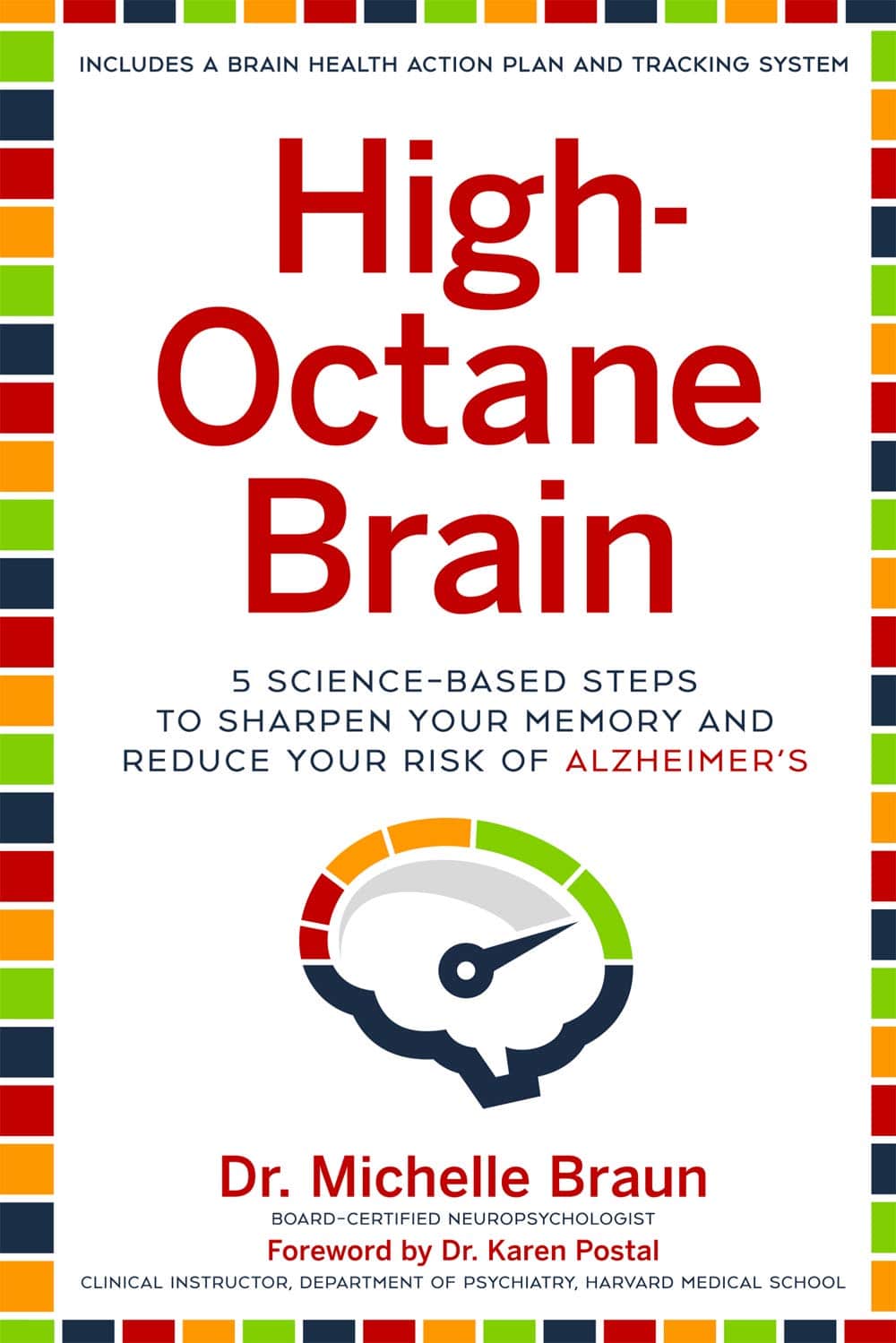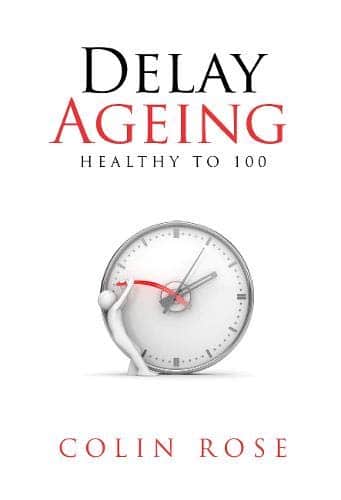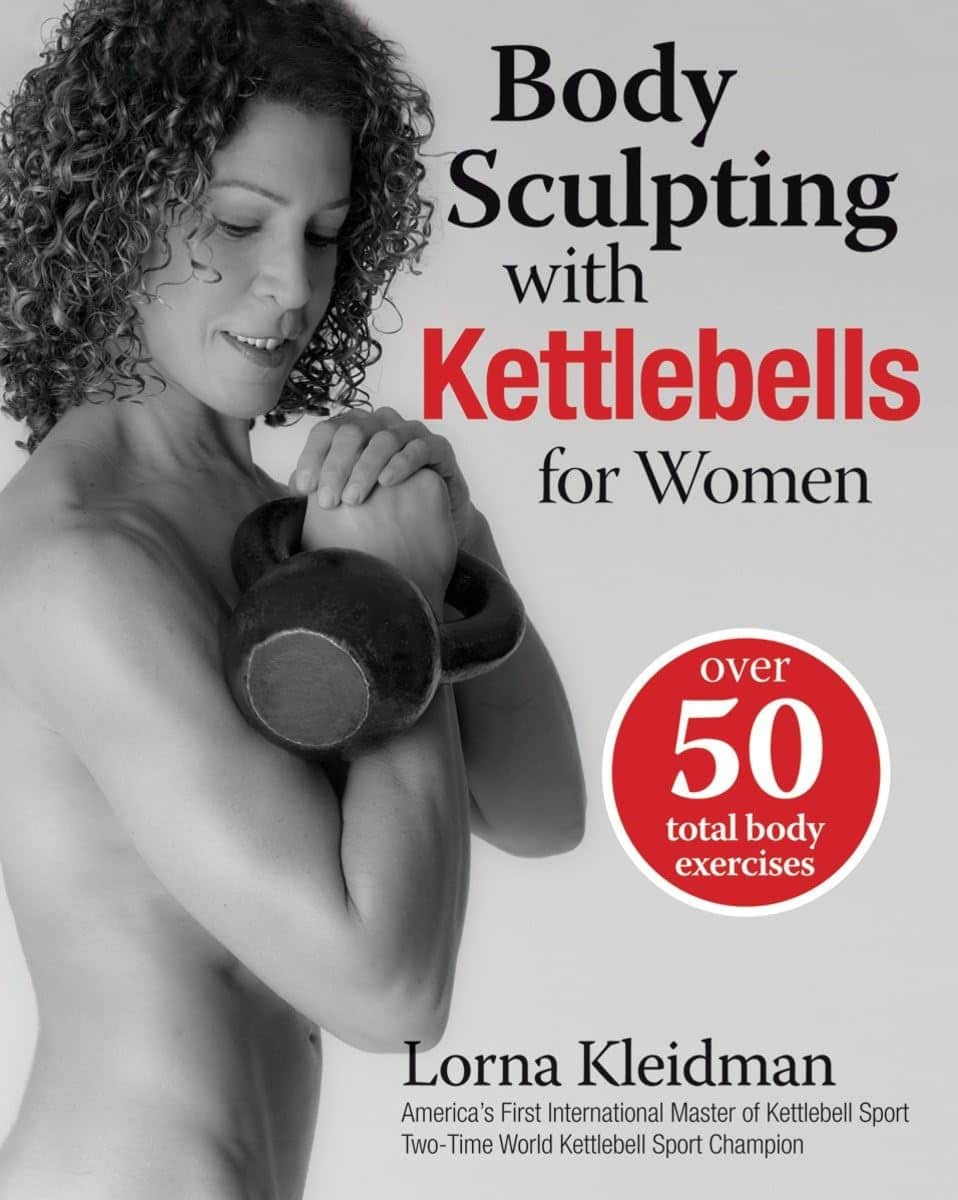
High-Octane Brain – by Dr. Michelle Braun
10almonds is reader-supported. We may, at no cost to you, receive a portion of sales if you purchase a product through a link in this article.
True to the title, Dr. Braun jumps straight into action here, making everything as practical as possible as quickly as possible and giving the most attention to the science-based steps to take. Thereafter, and almost as an addendum, she gives examples of “brain role models” from various age groups, to show how these things can be implemented and benefitted-from in the real world.
The greatest strength of this book is that it is the product of a lot of hard science made easy; this book has hundreds of scientific references (of which, many RCTs etc), and many contributions from other professionals in her field, to make one of the most evidence-based guidebooks around, and all presented in one place and in a manner that is perfectly readable to the layperson.
The style, thus, is easy-reading, with references for those who want to jump into further reading but without that being required for applying the advice within.
Bottom line: if you’d like to improve your brain with an evidence-based health regiment and minimal fluff, this is the book for you.
Click here to check out High-Octane Brain, and level-up yours!
Don’t Forget…
Did you arrive here from our newsletter? Don’t forget to return to the email to continue learning!
Recommended
Learn to Age Gracefully
Join the 98k+ American women taking control of their health & aging with our 100% free (and fun!) daily emails:
-
Beyond Supplements: The Real Immune-Boosters!
10almonds is reader-supported. We may, at no cost to you, receive a portion of sales if you purchase a product through a link in this article.
The Real Immune-Boosters
What comes to your mind when we say “immune support”? Vitamin C and maybe zinc? Those have their place, but there are things we can do that are a lot more important!
It’s just, these things are not talked about as much, because stores can’t sell them to you
Sleep
One of the biggest difference-makers. Get good sleep! Getting at least 7 hours decent sleep (not lying in bed, not counting interruptions to sleep as part of the sleep duration) can improve your immune system by three or four times.
Put another way, people are 3–4 times more likely to get sick if they get less sleep than that on average.
Check it out: Behaviorally Assessed Sleep and Susceptibility to the Common Cold
Eat an anti-inflammatory diet
In short, for most of us this means lots of whole plant foods (lots of fiber), and limited sugar, flour, alcohol.
For more details, you can see our main feature on this: Keep Inflammation At Bay!
You may wonder why eating to reduce inflammation (inflammation is a form of immune response) will help improve immune response. Put it this way:
If your town’s fire service is called out eleventy-two times per day to deal with things that are not, in fact, fires, then when there is a fire, they will be already exhausted, and will not do their job so well.
Look after your gut microbiota
Additionally, healthy gut microbiota (fostered by the same diet we just described) help keep your body pathogen-free, by avoiding “leaky gut syndrome” that occurs when, for example, C. albicans (you do not want this in your gut, and it thrives on the things we just told you to avoid) puts its roots through your intestinal walls, making holes in them. And through those holes? You definitely do not want bacteria from your intestines going into the rest of your body.
See also: Gut Health 101
Actually get that moderate exercise
There’s definitely a sweet-spot here, because too much exercise will also exhaust you and deplete your body’s resources. However, the famous “150 minutes per week” (so, a little over 20 minutes per day, or 25 minutes per day with one day off) will make a big difference.
See: Exercise and the Regulation of Immune Functions
Manage your stress levels (good and bad!)
This one swings both ways:
- Acute stress (like a cold shower) is good for immune response. Think of it like a fire drill for your body.
- Chronic stress (“the general everything” persistently stressful in life) is bad for immune response. This is the fire drill that never ends. Your body’s going to know what to do really well, but it’s going to be exhausted already by the time an actual threat hits.
Read more: Effects of Stress on Immune Function: the Good, the Bad, and the Beautiful
Supplement, yes.
These are far less critical than the above things, but are also helpful. Good things to take include:
Enjoy, and stay well!
Share This Post
-
International Women’s Day (and what it can mean for you, really)
10almonds is reader-supported. We may, at no cost to you, receive a portion of sales if you purchase a product through a link in this article.
How to not just #EmbraceEquity, but actually grow it, this International Women’s Day!
It’s International Women’s Day, and there’s a lot going on beyond the hashtagging! So, what’s happening, and how could you get involved in more than a “token” way in your workplace, business, or general life?
Well, that depends on your own environment and circumstances, but for example…
A feminist policy for productivity in the food sector?
We tend to think that in this modern world, we all have equal standing when it comes to productivity, food, and health. And yet…
❝If women do 70 per cent of the work in agriculture worldwide, but the land is mainly owned by men, then we don’t have equity yet. If in Germany, only one-tenth of female farmers manage the farm on which they work on, while they also manage the household, then there is no equity yet❞
~ Lea Leimann, Germany
What to do about it, though? It turns out there’s a worldwide organization dedicated to fixing this! It’s called Slow Food.
Their mission is to make food…
- GOOD: quality, flavorsome and healthy food
- CLEAN: production that does not harm the environment
- FAIR: accessible prices for consumers and fair conditions and pay for producers
…and yes, that explicitly includes feminism-attentive food policy:
Read all about it: Slow Food women forge change in the food system
Do you work in the food system?
If so, you can have an impact. Your knee-jerk reaction might be “I don’t”, but there are a LOT of steps from farm-to-table, so, are you sure?
Story time: me, I’m a writer (you’d never have guessed, right?) and wouldn’t immediately think of myself as working “in the food system”.
But! Not long back I (a woman) was contracted by a marketing agent (a woman) to write marketing materials for a small business (owned by a woman) selling pickles and chutneys across the Australian market, based on the recipes she learned from her mother, in India. The result?
I made an impact in the food chain the other side of the planet from me, without leaving my desk.
Furthermore, the way I went about my work empowered—at the very least—myself and the end client (the lady making and selling the pickles and chutneys).
Sometimes we can’t change the world by ourselves… but we don’t have to.
If we all just nudge things in the right direction, we’ll end up with a healthier, better-fed, more productive system for all!
Share This Post
-
The Medicinal Properties Of Bay Leaves
10almonds is reader-supported. We may, at no cost to you, receive a portion of sales if you purchase a product through a link in this article.
The humble bay leaf has more uses than just culinary!
How about for hair growth?
Popularly recommended on social media with the promise of long and glowing hair… Guess how many scientific studies back up this claim!
If you guessed zero, you guessed correctly. At least, we were not able to find any. In fact, the only paper on the entirety of PubMed (a large online database of available scientific literature from most, if not all, reputable scientific journals) to return a hit for the search string “bay leaf hair growth” was this one:
You may notice that that has nothing to do with hair growth, and rather returned the hit because the acne bacteria are known to “proliferate within sebum-blocked skin hair follicles”.
So let’s talk about that instead:
Against acne & skin inflammation
Well, for that, it works! The research that we mentioned above concluded that:
❝LNE significantly suppressed the expression of P. acnes-mediated proinflammatory cytokines, such as IL-1β, IL-6, and NLRP3. We also found that LNE inhibited the inflammatory transcription factor NF-κB in response to P. acnes. In addition, eucalyptol, which is the main constituent of LNE, consistently inhibited P. acnes-induced inflammatory signaling pathways. Moreover, LNE significantly ameliorated P. acnes-induced inflammation in a mouse model of acne. We suggest for the first time that LNE hold therapeutic value for the improvement of P. acnes-induced skin inflammation.❞
LNE = Laurus nobilis extract, i.e. bay leaf extract
Now, that’s all about acne-induced skin inflammation, but what about other kinds?
Against inflammation in general
Bay leaves have an abundance of antioxidant polyphenols, and what’s good against oxidation is good against inflammation. For example:
Laurus nobilis leaf extract controls inflammation by suppressing NLRP3 inflammasome activation
That anti-inflammatory action is more than skin-deep though, because…
Against IBD / ulcerative colitis
It’s good for the gut, too, for example in this study (with mice, but the bacteria affected are the same as we have), which found:
❝…bay leaves showed the best treatment effects on gut microbiota compositions; promoting the growth of Bifidobacteria and Lactobacillus in addition to producing high butyric acid levels. Meanwhile, the number of Clostridium and sulfate-reducing bacteria was significantly reduced. Conclusively, consuming bay leaves brought significant colon health benefits other than stimulating appetite for a better taste.❞
Note that all of those gut-related changes are beneficial to us, increasing things that are best increased, and reducing things that are best reduced.
Against diabetes
It’s good for the blood—and for the heart, but more on that later. First, about diabetes:
❝All three levels of bay leaves reduced serum glucose with significant decreases ranging from 21 to 26% after 30 d.
Total cholesterol decreased, 20 to 24%, after 30 days with larger decreases in low density lipoprotein (LDL) cholesterol of 32 to 40%. High density lipoprotein (HDL) cholesterol increased 29 and 20% in the groups receiving 1 and 2 g of bay leaves, respectively. Triglycerides also decreased 34 and 25% in groups consuming 1 and 2 g of bay leaves, respectively, after 30 d. There were no significant changes in the placebo group.
In summary, this study demonstrates that consumption of bay leaves, 1 to 3 g/d for 30 days, decreases risk factors for diabetes and cardiovascular diseases and suggests that bay leaves may be beneficial for people with type 2 diabetes.❞
Again, all those changes are good:
Bay Leaves Improve Glucose and Lipid Profile of People with Type 2 Diabetes
Good for the heart
This one’s quite straight forward. Bay leaf tea is indeed good for the heart,
- Literally: Evaluation of Daily Laurus nobilis Tea Consumption on Lipid Profile Biomarkers in Healthy Volunteers
- Metaphorically: Evaluation of daily Laurus nobilis tea consumption on anxiety and stress biomarkers in healthy volunteers
Of course, even that latter is also good for the heart literally, just, indirectly, by reducing anxiety and stress, thus indirectly benefiting the heart itself.
But even before that, it’s already very directly beneficial to cardiovascular health, per its significant improvements to the lipid profile.
Anything else?
So much else, but there’s only so much we can feature in one day, so if you’d like to learn more, we recommend this very comprehensive paper:
…which discusses many benefits in considerable detail, including…
❝The LN leaves have various biological activities, such as antioxidant, wound healing, antibacterial, analgesic, and anti-inflammatory activities. However, oxidative stress, cancer, diabetes, microbial infections, and inflammatory diseases are closely linked. The objective of this research is to characterize Laurus nobilis (LN) aromatic oil (AO) and evaluate its antioxidant, antidiabetic, antiobesity, antimicrobial, and antimutagenic bioactivities.
The plant AO showed potent antioxidant activity (IC50 = 2.2 ± 1.38) and has moderate anti-amylase (IC50 = 60.25 ± 1.25), anti-glucosidase (IC50 = 131.82 ± 0.1), and antilipase (IC50 = 83.17 ± 0.06) activities.
Moreover, LNAO showed potent antimicrobial activity against Staphylococcus aureus, Escherichia coli, Klebsiella pneumonia, Proteus vulgaris (MICs = 1.56 µg/mL), methicillin-resistant Staphylococcus aureus (MRSA) (MIC = 3.125 µg/mL) and Candida albicans (MIC = 0.195 µg/mL). The cytotoxicity results demonstrated that at a concentration of 1 mg/mL, LNAO has potent breast cancer (MCF-7), and hepatocellular carcinoma (Hep 3B) cancer cells inhibitory activities of 98% and 95%, respectively.
Importantly, we are the first to show that LNAO significantly hinders hepatocellular carcinoma spheroids’ formation capacity in a 3D model.
These results show that LNAO is a promising natural source with powerful antioxidant, antidiabetic, anticancer, and antimicrobial activities that could be exploited in the future to treat a variety of diseases.❞
Want to try some?
We don’t sell it, but you can buy leaves from your local supermarket and make bay leaf tea, or alternatively, if you prefer essential oil form, here for your convenience is an example product on Amazon 😎
Enjoy!
Share This Post
Related Posts
-
Treat Your Own Knee – by Robin McKenzie
10almonds is reader-supported. We may, at no cost to you, receive a portion of sales if you purchase a product through a link in this article.
First, a note about the author: he’s a physiotherapist and not a doctor, but with 40 years of practice to his name and 33 letters after his name (CNZM OBE FCSP (Hon) FNZSP (Hon) Dip MDT Dip MT), he seems to know his stuff.
The book covers recognizing the difference between arthritis, degeneration, or normal wear and tear, before narrowing down what your actual problem is and what can be done about it.
While there are many possible causes of knee pain (and by causes, we mean the first-level cause, such as “bad posture” or “old sports injury” or “inflammatory diet” or “repetitive strain” etc, not second-level causes that are also symptoms, like inflammation), McKenzie’s approach involves customizing his system to your body’s specific problems and needs. That’s what most of the book is about.
The style is direct and to-the-point; there’s no sensationalization here nor a feel of being sold anything. There’s lots of science scattered throughout, but all with the intent of enabling the reader to understand what’s going on with the problems, processes, and solutions, and why/how the things that work, work. Where there are exercises offered they are clearly-described and well-illustrated.
Bottom line: this is not a fancy book but it is an effective one. If you have knee pain, this is a very worthwhile one to read.
Click here to check out Treat Your Own Knee, and treat your own knee!
PS: if you have musculoskeletal problems elsewhere in your body, you might want to check out the rest of his body parts series (back, hip, neck, wrist, ankle, etc) for the one that’s tailored to your specific problem.
Don’t Forget…
Did you arrive here from our newsletter? Don’t forget to return to the email to continue learning!
Learn to Age Gracefully
Join the 98k+ American women taking control of their health & aging with our 100% free (and fun!) daily emails:
-
Beyond Supplements: The Real Immune-Boosters!
10almonds is reader-supported. We may, at no cost to you, receive a portion of sales if you purchase a product through a link in this article.
The Real Immune-Boosters
What comes to your mind when we say “immune support”? Vitamin C and maybe zinc? Those have their place, but there are things we can do that are a lot more important!
It’s just, these things are not talked about as much, because stores can’t sell them to you
Sleep
One of the biggest difference-makers. Get good sleep! Getting at least 7 hours decent sleep (not lying in bed, not counting interruptions to sleep as part of the sleep duration) can improve your immune system by three or four times.
Put another way, people are 3–4 times more likely to get sick if they get less sleep than that on average.
Check it out: Behaviorally Assessed Sleep and Susceptibility to the Common Cold
Eat an anti-inflammatory diet
In short, for most of us this means lots of whole plant foods (lots of fiber), and limited sugar, flour, alcohol.
For more details, you can see our main feature on this: Keep Inflammation At Bay!
You may wonder why eating to reduce inflammation (inflammation is a form of immune response) will help improve immune response. Put it this way:
If your town’s fire service is called out eleventy-two times per day to deal with things that are not, in fact, fires, then when there is a fire, they will be already exhausted, and will not do their job so well.
Look after your gut microbiota
Additionally, healthy gut microbiota (fostered by the same diet we just described) help keep your body pathogen-free, by avoiding “leaky gut syndrome” that occurs when, for example, C. albicans (you do not want this in your gut, and it thrives on the things we just told you to avoid) puts its roots through your intestinal walls, making holes in them. And through those holes? You definitely do not want bacteria from your intestines going into the rest of your body.
See also: Gut Health 101
Actually get that moderate exercise
There’s definitely a sweet-spot here, because too much exercise will also exhaust you and deplete your body’s resources. However, the famous “150 minutes per week” (so, a little over 20 minutes per day, or 25 minutes per day with one day off) will make a big difference.
See: Exercise and the Regulation of Immune Functions
Manage your stress levels (good and bad!)
This one swings both ways:
- Acute stress (like a cold shower) is good for immune response. Think of it like a fire drill for your body.
- Chronic stress (“the general everything” persistently stressful in life) is bad for immune response. This is the fire drill that never ends. Your body’s going to know what to do really well, but it’s going to be exhausted already by the time an actual threat hits.
Read more: Effects of Stress on Immune Function: the Good, the Bad, and the Beautiful
Supplement, yes.
These are far less critical than the above things, but are also helpful. Good things to take include:
Enjoy, and stay well!
Don’t Forget…
Did you arrive here from our newsletter? Don’t forget to return to the email to continue learning!
Learn to Age Gracefully
Join the 98k+ American women taking control of their health & aging with our 100% free (and fun!) daily emails:
-
Body Sculpting with Kettlebells for Women – by Lorna Kleidman
10almonds is reader-supported. We may, at no cost to you, receive a portion of sales if you purchase a product through a link in this article.
For those of us who are more often lifting groceries or pots and pans than bodybuilding trophies, kettlebells provide a way of training functional strength. This book does (as per the title) offer both sides of things—the body sculpting, and thebody maintenance free from pain and injury.
Kleidman first explains the basics of kettlebell training, and how to get the most from one’s workouts, before discussing what kinds of exercises are best for which benefits, and finally moving on to provide full exercise programs.
The exercise programs themselves are fairly comprehensive without being unduly detailed, and give a week-by-week plan for getting your body to where you want it to be.
The style is fairly personal and relaxed, while keeping things quite clear—the photographs are also clear, though if there’s a weakness here, it’s that we don’t get to see which muscles are being worked in the same as we do when there’s an illustration with a different-colored part to show that.
Bottom line: if you’re looking for an introductory course for kettlebell training that’ll take you from beginner through to the “I now know what I’m doing and can take it from here, thanks” stage.
Click here to check out Body Sculpting With Kettlebells For Women, and get sculpting!
Don’t Forget…
Did you arrive here from our newsletter? Don’t forget to return to the email to continue learning!
Learn to Age Gracefully
Join the 98k+ American women taking control of their health & aging with our 100% free (and fun!) daily emails:






